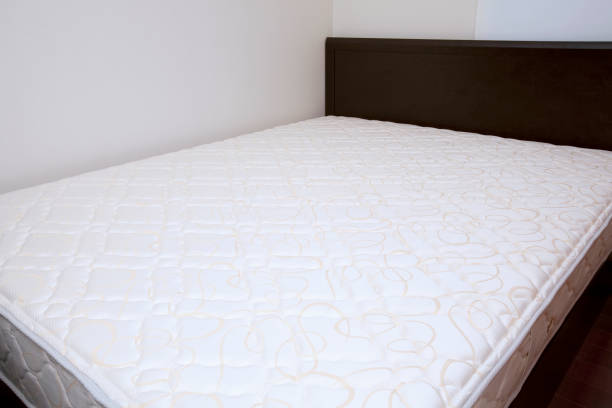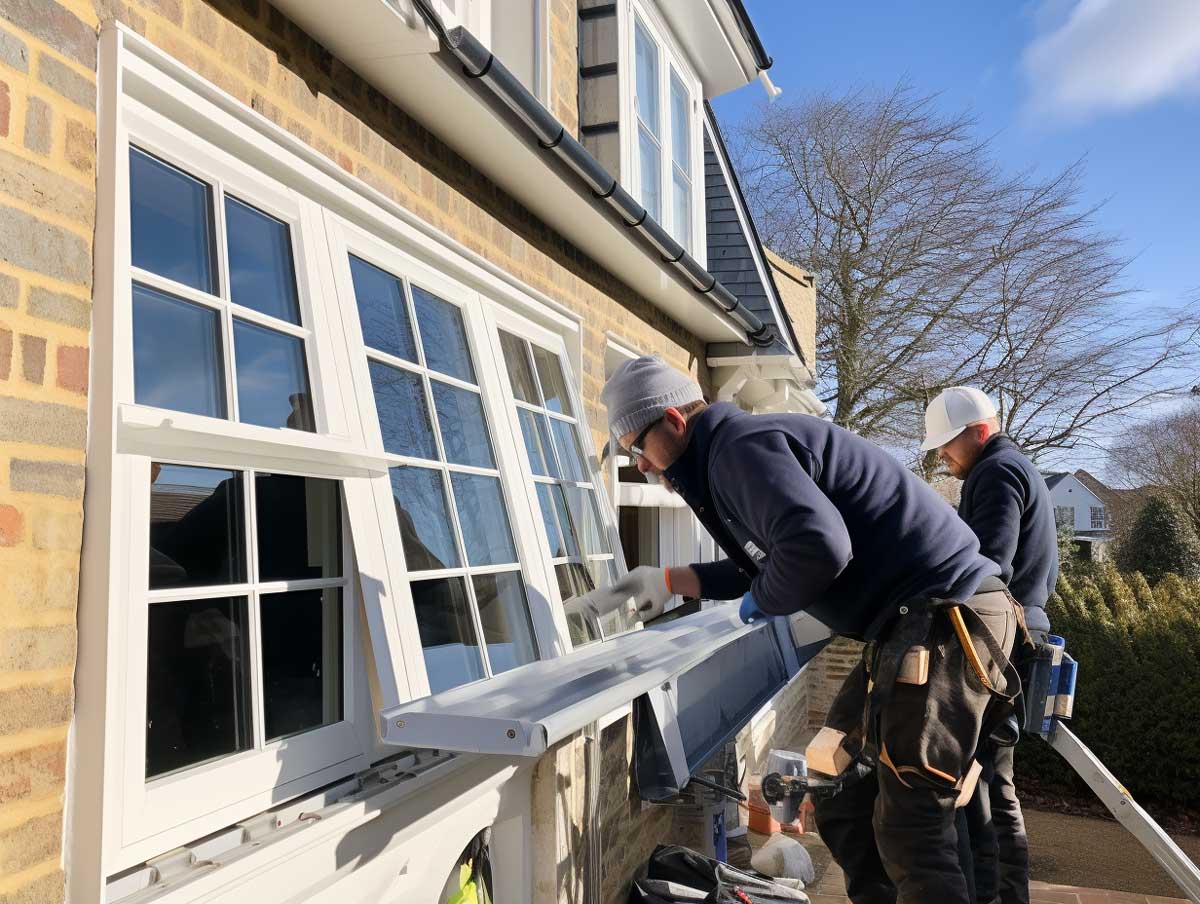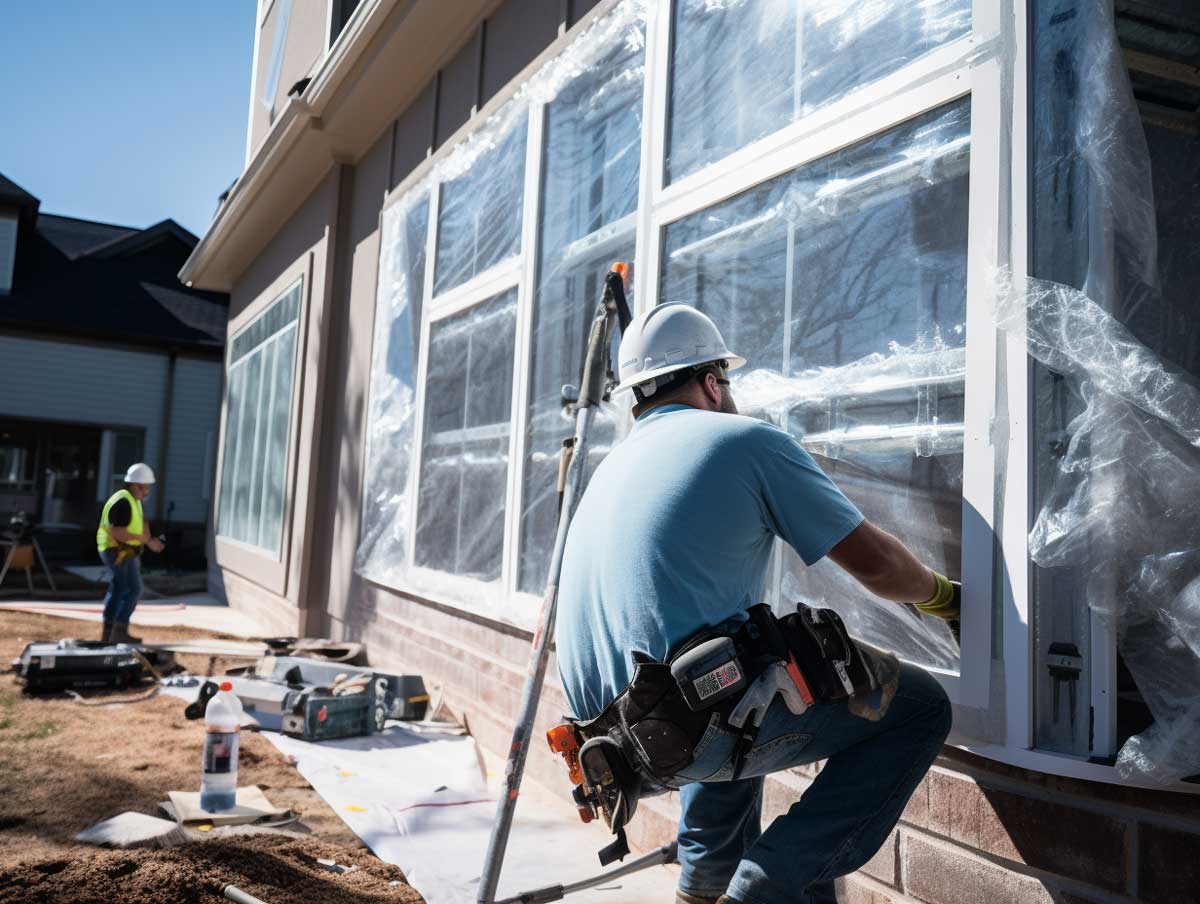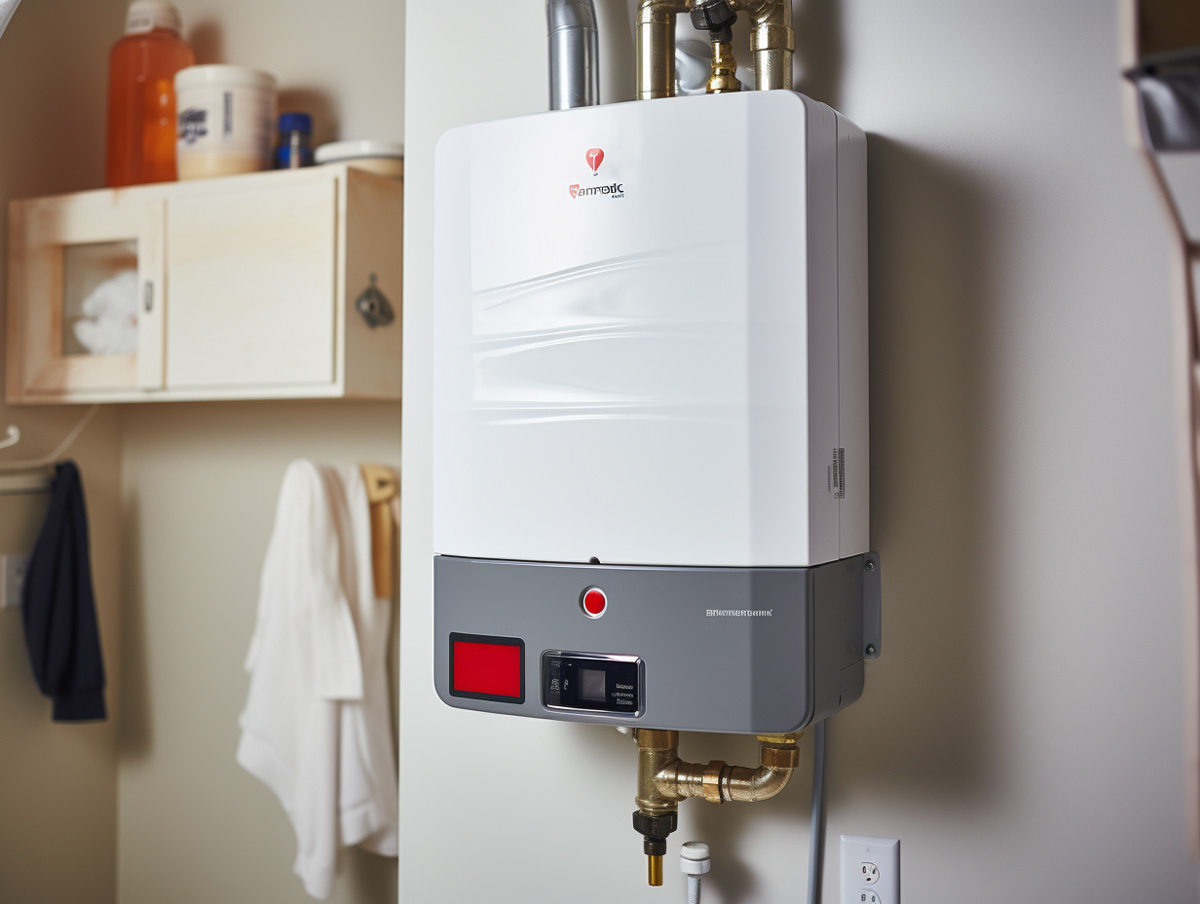In the sweltering heat of summer, an air conditioner is more than a luxury—it's a necessity. But for many low-income families, the cost of running an air conditioner can be prohibitively expensive. Thankfully, there are numerous low-income air conditioning assistance programs available to help.
This guide will provide comprehensive information on these programs, how to apply, and what to expect.
Understanding Low-Income Air Conditioning Assistance Programs
Low-income air conditioning assistance programs are initiatives designed to help financially disadvantaged families afford the cost of cooling their homes. These programs can take various forms, including government assistance for air conditioning, free air conditioner for low-income families, and energy assistance programs.
Government Assistance For Air Conditioning
The government offers several programs to help low-income families with their cooling needs. These programs are often part of broader energy assistance initiatives, designed to help families manage their energy costs.
One such program is the Low-Income Home Energy Assistance Program (LIHEAP). This federally funded initiative helps eligible low-income households with their energy bills, including the cost of cooling their homes during the summer months. The program also offers energy crisis assistance and weatherization and energy-related home repairs.
LIHEAP - Low Income Home Energy Assistance Program
The Low Income Home Energy Assistance Program (LIHEAP) is a federal program that provides assistance to low-income households to meet their home energy needs. This includes assistance for both heating and cooling costs.
In Arizona, for example, LIHEAP provides a cooling assistance benefit ranging from $75 to $800. The program runs from April 1 to October 31 for certain counties, and from April 1 to November 30 for others.
To qualify for LIHEAP, you must meet income eligibility requirements. In addition, priority is given to households with elderly or disabled members, and families with children.
To apply for LIHEAP, you need to contact your local LIHEAP office. You can find the contact information for your local office on theU.S. Department of Health and Human Services website.
Free Air Conditioner For Low-Income Families
Some programs go beyond financial assistance and provide free air conditioners for low-income families. These programs are often run by non-profit organizations or charities and are funded through donations.
One example is the Cooling Assistance component of the Home Energy Assistance Program (HEAP). This program provides air conditioning units to eligible low-income individuals and families who have a member with a documented medical condition exacerbated by heat.
HEAP - Home Energy Assistance Program
The Home Energy Assistance Program (HEAP) is a federally funded program that assists low-income households with their energy costs. In the context of air conditioning, HEAP provides cooling assistance to eligible households. The program operates on a state level, with each state setting its own eligibility requirements and benefits.
For instance, in New York, HEAP provides a cooling assistance benefit of up to $800 for the purchase and installation of air conditioners or fans. To qualify, households must meet income eligibility requirements, and have at least one member who has a documented medical condition exacerbated by heat.
In Alabama, HEAP provides a cooling assistance benefit ranging from $305 to $460. The program runs from June 1 to September 30, and vulnerable households have early application periods.
To apply for HEAP, you need to contact your local HEAP office. You can find the contact information for your local office on theU.S. Department of Health and Human Services website.
Energy Assistance Programs
In addition to specific air conditioning assistance, there are broader energy assistance programs available. These programs help low-income families with their overall energy costs, which can include the cost of running an air conditioner.
Programs like the Weatherization Assistance Program (WAP) help low-income families reduce their energy consumption and lower their energy bills by making their homes more energy-efficient. This can include installing insulation, sealing leaks, and modernizing heating and cooling systems.
Weatherization Assistance Program
The Weatherization Assistance Program (WAP) is another federally funded program that helps low-income households reduce their energy costs. This program provides free energy efficiency upgrades to homes, which can include air conditioning units.
To qualify for WAP, you must meet income eligibility requirements. In addition, priority is given to households with elderly or disabled members, and families with children.
To apply for WAP, you need to contact your state's weatherization agency. You can find the contact information for your state's agency on theU.S. Department of Energy's website.
How To Apply For Air Conditioning Assistance
Applying for air conditioning assistance involves several steps. First, you'll need to find a program for which you're eligible. This will typically involve meeting certain income requirements and possibly other criteria, such as having a medical need for air conditioning.
Once you've found a suitable program, you'll need to complete an application. This will typically involve providing proof of income, proof of residency, and other necessary documentation. Some programs may also require a home inspection or energy audit.
Financial Help For Air Conditioning
There are also options for financial help for air conditioning beyond government programs and grants. Some utility companies offer payment plans or discounts for low-income customers. There are also non-profit organizations that provide emergency funds to help families keep their homes cool during the summer months.
Air Conditioner Grants
In addition to assistance programs, there are also air conditioner grants available. These grants can help cover the cost of purchasing and installing an air conditioner. Like assistance programs, these grants are typically based on income and other eligibility requirements.
Additional Assistance Programs For Low-Income Households
There are several other assistance programs available to help low-income households with air conditioning. Here are some noteworthy ones:
-
State Cooling Assistance Program (SCAP): This program has two components: Electricity and Air Conditioning (A/C). SCAP provides cooling assistance to eligible low-income households. More information can be found on theLIHEAP Clearinghouse website.
-
Cooling Assistance Benefit - ACCESS NYC: The Cooling Assistance benefit helps eligible households buy and install an air conditioner or fan. Cooling Assistance benefits are provided on a first-come, first-served basis. More details can be found on theACCESS NYC website.
-
Salvation Army: The Salvation Army also provides assistance to low-income families, including help with energy bills and air conditioners. More information can be found on theFree Needy Help website.
State And Local Programs
In addition to the federal programs mentioned above, there are also state and local programs that provide assistance for air conditioning. These programs vary by state and locality, so it's important to check with your local government or a local nonprofit organization to see what programs are available in your area.
For example, in Delaware, the Summer Cooling Assistance Program (SCAP) provides cooling assistance to eligible low-income households. This includes subsidizing the cost of summer home energy bills and/or paying for the purchase, delivery, and installation of room-sized air conditioners.
In Florida, a similar program runs from April 1 to September 30. The program provides a cooling assistance benefit ranging from $150 to $475. Additional benefits are provided if at least one member of the household is elderly, disabled, or a child aged 5 and under.
Nonprofit Organizations
There are also nonprofit organizations that provide assistance for air conditioning. These organizations often work in partnership with federal, state, and local programs to provide additional assistance to those in need.
For example, the Salvation Army offers a variety of assistance programs, including programs that provide free air conditioners to low-income households.
Similarly, the Society of Saint Vincent de Paul, a voluntary organization, helps people in need, including offering free air conditioners.
To apply for assistance from these organizations, you typically need to contact the organization directly. You can find contact information for these organizations on their respective websites.
Cooling Assistance Benefit (CAB) - New York City
The Cooling Assistance Benefit (CAB) is a program in New York City that provides air conditioning units to eligible households. The program is administered by the New York State Office of Temporary and Disability Assistance (OTDA). To qualify for this program, applicants must meet HEAP eligibility criteria and income thresholds, which vary by household size. For instance, a family of four may have a maximum gross monthly income of $5,249 or an annual gross income of $62,983. The program covers the cost of an air conditioning unit and installation.
Applications for cooling assistance will be accepted at local departments of social services starting from May 2 and extending through August 31, or until funding runs out. Assistance is provided on a first-come, first-served basis. More information can be found ataccess.nyc.gov.
Frequently Asked Questions
To provide a better understanding of how to get low-income air conditioning assistance, we have addressed some of the more common queries people have.
What is the Cooling Assistance Benefit (CAB) program?
The Cooling Assistance Benefit (CAB) is a program in New York City that provides air conditioning units to eligible households. The program is administered by the New York State Office of Temporary and Disability Assistance (OTDA).
How can I apply for the Cooling Assistance Benefit (CAB) program?
Applications for cooling assistance will be accepted at local departments of social services starting from May 2 and extending through August 31, or until funding runs out. More information can be found ataccess.nyc.gov.
What is the Low Income Home Energy Assistance Program (LIHEAP)?
The Low Income Home Energy Assistance Program (LIHEAP) is a federal program that helps low-income households with their energy bills, including the cost of air conditioning.
How can I apply for the Low Income Home Energy Assistance Program (LIHEAP)?
To apply for LIHEAP, contact the LIHEAP local agency in your area or the National Energy Assistance Referral (NEAR) project. NEAR can provide you with the information you need to apply, such as the location and phone number of your local LIHEAP office.
What is the Energy Conservation Assistance Program in British Columbia, Canada?
The Energy Conservation Assistance Program is a program in British Columbia, Canada, that provides free, publicly funded portable air conditioners to people who are medically vulnerable and have low incomes.
How can I apply for the Energy Conservation Assistance Program in British Columbia, Canada?
People can apply for a portable AC through BC Hydro’s online platform or by mailing in a paper application. The application will also have an option for a medical referral by home health-care workers for heat-vulnerable individuals and households.
Navigating the world of low-income air conditioning assistance programs can be complex, but the benefits are well worth the effort. With a bit of research and persistence, you can find a program that can help you keep your home cool without breaking the bank. There are numerous programs available that provide assistance for air conditioning to low-income households. These programs can be a lifeline for those struggling to afford the cost of cooling their homes during the hot summer months. If you or someone you know is in need of assistance, don't hesitate to reach out to these programs to see if you qualify.
=Explore our resources to learn more about home improvement aid programs. Check out Gov Relations and our guide to getting a free air conditioner.







